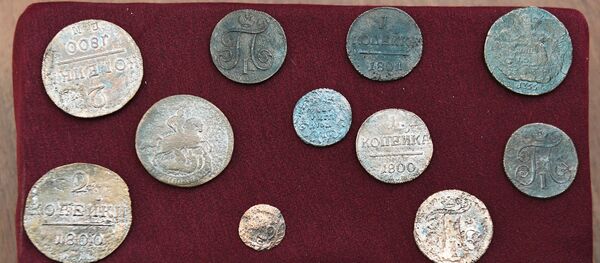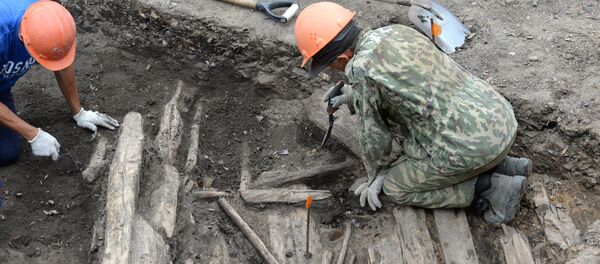According to a statement posted on the official website of the city mayor's office, the cutter is considered to be one of the oldest finds discovered under the "My Street" improvement program so far.
Archaeological monitoring is conducted on all construction sites of the "My Street" improvement program launched in 2014. Over a thousand artifacts have been recovered in previous years during this program, and this year, hundreds of various discoveries have been recorded.
"For archaeologists, this ancient find is very important. It confirms our theory that these areas [in Moscow] were inhabited and developed in the early days," said Alexei Yemelyanov, chief of Moscow's Department of Cultural Heritage.
The two ancient discoveries have something in common: archaeologists found them in a much younger cultural layer, which relates to the 16th-17th centuries AD. Experts suggest that the artifacts were most likely moved from the deeper cultural layers by accident, during excavation works carried out in the city some 400-500 years ago.
The finds are currently being studied and soon will be transferred to a museum or put on display in temporary exhibitions devoted to archeology.




